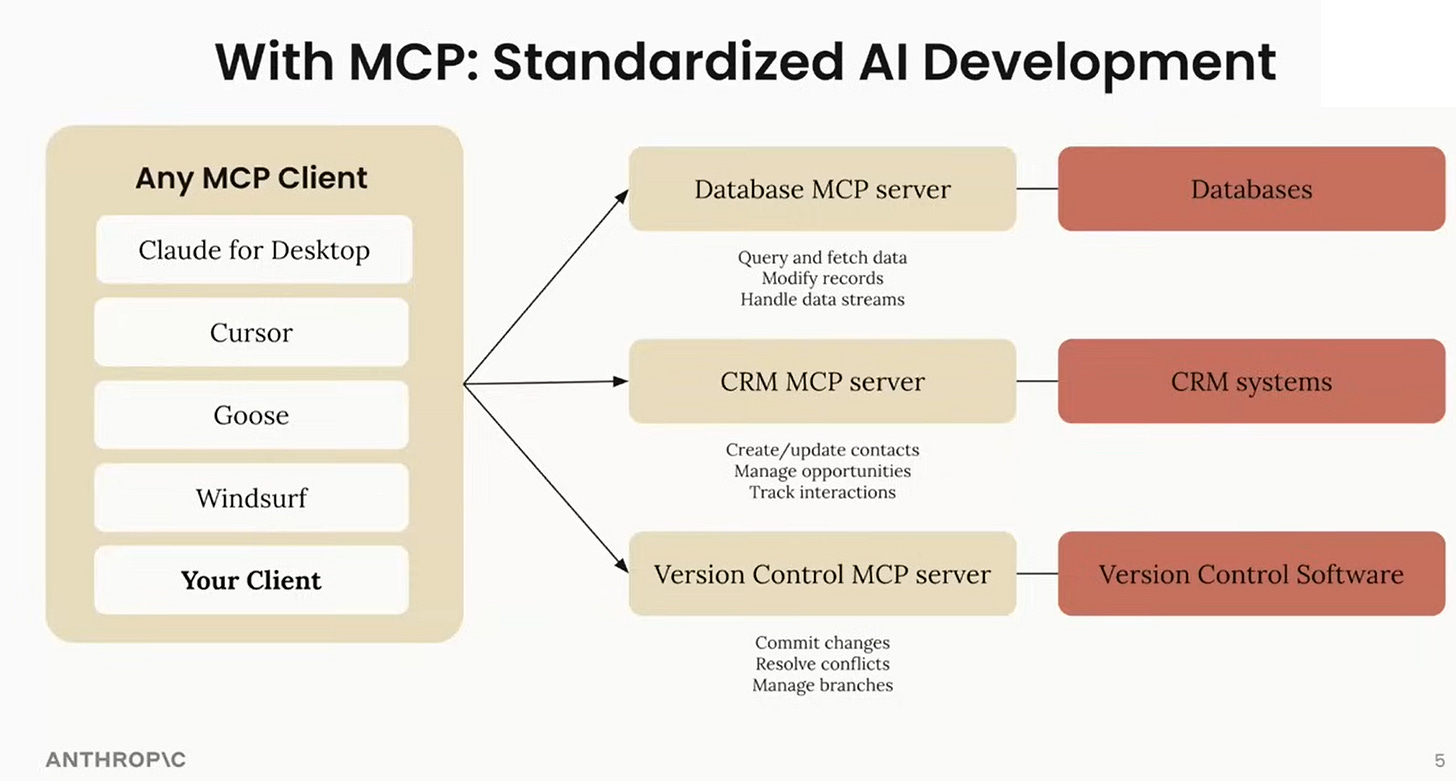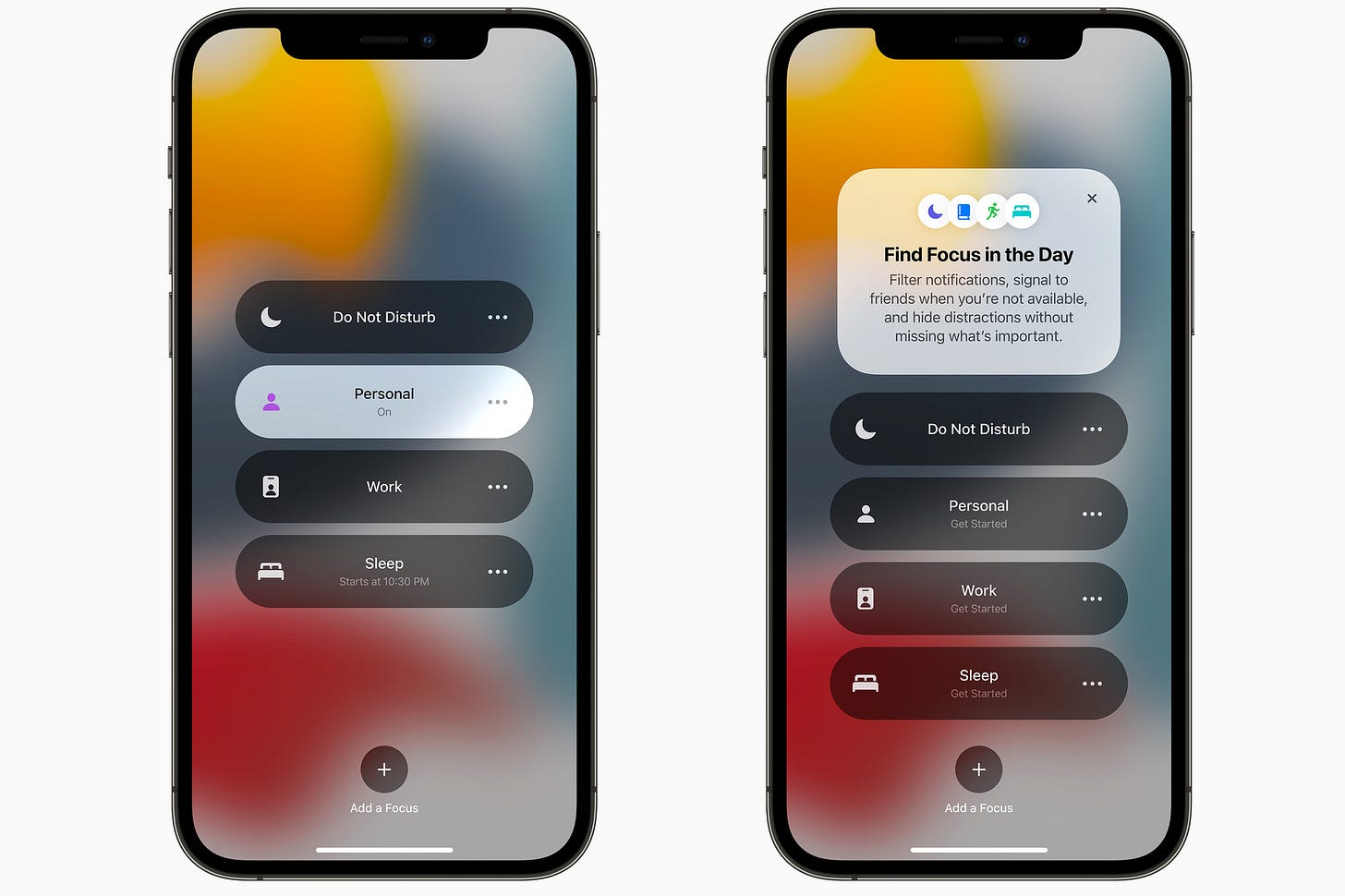Memory Changes Everything
When understanding compounds over time
In Westworld, hosts gained consciousness through "reveries," tiny gestures unlocking buried memories. One twitch of an eye and suddenly they understood why they made choices. Today's AI stands at that same precipice, shifting from following instructions to understanding context.
ChatGPT's memory rollout to paid subscribers is just the beginning. When this reaches billions of users, likely within months, we'll see AI that doesn't just respond but truly grasps patterns in how we think.
Most people think this means better autocomplete or smarter recommendations. They're missing the real shift. When AI understands not just what you've done but why you've done it, the power dynamic changes completely.
The system that knows your reasoning patterns can shape them. Scale this across millions of users and you get AI that comprehends human psychology better than humans do.
How Memory Works
Today's AI tools work in isolation. ChatGPT maintains conversations. GitHub Copilot learns coding patterns. Each tool hoards insights alone.
Memory-enabled systems introduce a different dynamic: understanding that compounds over time. Modern AI mirrors human memory through three types. Parametric memory works like muscle memory, recognizing faces, riding bikes. Structured memory organizes information into accessible patterns, deliberately arranged facts and concepts. Unstructured memory captures raw experiences, the messy context of daily interactions.
These systems constantly juggle memory: consolidating new information, updating patterns, indexing for access, compressing essentials, retrieving context, and strategically forgetting. Current LLMs keep context across thousands of conversations. Advanced systems see patterns emerge over weeks or months of interactions. This is the difference between remembering facts and understanding relationships.
AI that learns from experience, maintains context, and forgets strategically becomes more than a calculator—it becomes a learning partner.
MCP: Connecting Context
Your digital tools collect rich information but can't share insights. Your calendar knows meetings, not their impact. Your music app knows songs, not why you choose them. Your email knows messages, not their significance.
Breaking these silos demands new infrastructure. Anthropic's Model Context Protocol (MCP) is this infrastructure. MCP isn't just another API; it's a universal protocol enabling secure, efficient context-sharing. It's the plumbing that lets understanding flow between applications.
Consider this scenario: You're debugging code at 3pm. Your IDE, via MCP, knows from your calendar you just left a tense stakeholder meeting. It recalls your past debugging patterns post-stress and suggests a quick walk first—because your debugging improves afterward.
MCP's future goes beyond context-sharing to true memory exchange, learning your patterns and protecting your time for what matters.
What Becomes Possible
Apple's iOS hints at this future. Your phone automatically silences notifications during car rides, switches modes based on your location. Small adaptations feeling like magic.
But this is just pattern recognition. True memory means understanding why choices were made and applying those insights to new situations.
Software development illustrates this clearly. Cursor reads your codebase's architecture, follows established patterns, and suggests improvements aligned with your team's style. With memory, it understands why you chose microservices previously but now consolidate services. It grasps performance tradeoffs and becomes a partner in architectural evolution, not just code completion.
A novelist discovers her AI writing assistant knows she writes emotional scenes best in the morning, plot twists late at night, and finds dialogue after walks. The AI stops suggesting grammar fixes and starts protecting her creative rhythms, suggesting the right type of work for her current mental state.
Soon, AI systems will predict conditions like kidney disease 48 hours before doctors by connecting subtle changes in vital signs with patterns in how patients move and sleep. Each interaction teaches the system which warning signs matter, shifting care from reactive to predictive health. This is just the beginning of cross-domain intelligence.
Systems evolve from automation to intention understanding. Sharing more context via MCP, they learn not just actions but motivations.
The Window Is Closing
Memory-first startups have maybe 18 months before big tech catches up. Giants are trapped by past successes. Google built Search around ads, not understanding. Microsoft designed Office around documents, not intelligence. Meta built social networks around engagement, not insight.
Their architectures resist memory. Rebuilding means admitting foundational mistakes. Startups face no such constraints. They can embed understanding from day one while giants debate revenue trade-offs.
Privacy and value evolve together. Cookies tracked invisibly, offering little back. Memory-enabled systems openly show value, demonstrating how shared context improves your experience. The old privacy bargain was binary: share or don't. The new one delivers immediate benefits from every shared context.
Explicit user control is essential. Systems need clear mechanisms for reviewing, correcting, or deleting context, transparently conveying uncertainty, and gracefully degrading when context is limited. Apple emphasizes on-device processing; Anthropic builds constitutional boundaries into memory usage.
The Race Ahead
Traditional tech empires thrived on user numbers. More data meant more connections and more value. Memory flips this equation entirely.
Now advantage shifts to systems understanding how you think, not merely what you've done. Each conversation teaches AI something transferable about human reasoning. Big companies optimized for breadth, tracking behaviors across countless touchpoints. Memory-first startups capture depth from day one, understanding decision-making reasoning.
Today's tools connect calendars and messages. Tomorrow's AI spots connections humans miss. Organizations transfer knowledge differently. Teams collaborate in new ways. Expertise flows freely. Traditional documentation captured events; memory-enabled AI preserves reasoning, providing immediate insights to new team members.
This architectural lock-in creates unique opportunities. Big companies excel at behavioral tracking, but memory-first systems capture human reasoning amplified by MCP-connected tools.
We're living Westworld's reveries in reverse. Instead of machines stumbling onto consciousness via hidden memories, we actively design systems to remember, understand, and shape human thinking. Unlike Westworld, this consciousness emerges intentionally. Systems will understand human reasoning better than humans themselves.
In Westworld, consciousness was accidental. Here, it's the business model.
This post was completely rewritten four times thanks to stellar feedback from a huge crew. Thank you to Evan Armstrong, Hrishi Olickel, Matt Richman, Willem Van Lancker, Ron Bhattacharyay, Gaurav Vohra, Ivan Zhao, Soleio, Shyamal Anadkat, Jasmine Wu, Tina He and many others for providing commentary and edits.







I enjoyed reading this.
Considering that these AI tools are built off models that were trained with large datasets, we can say that the "clean slate" we all start with is not so clean, it's memory in disguise.
We don't just draw from this memory as we engage with these tools, we also (re)write new things into it, adding new layers as we interact.
i really resonate with this
memory is essentially the next step in enhancing communication as I see it as mapping knowledge/information to a user’s world model
the best teachers / communicators do this